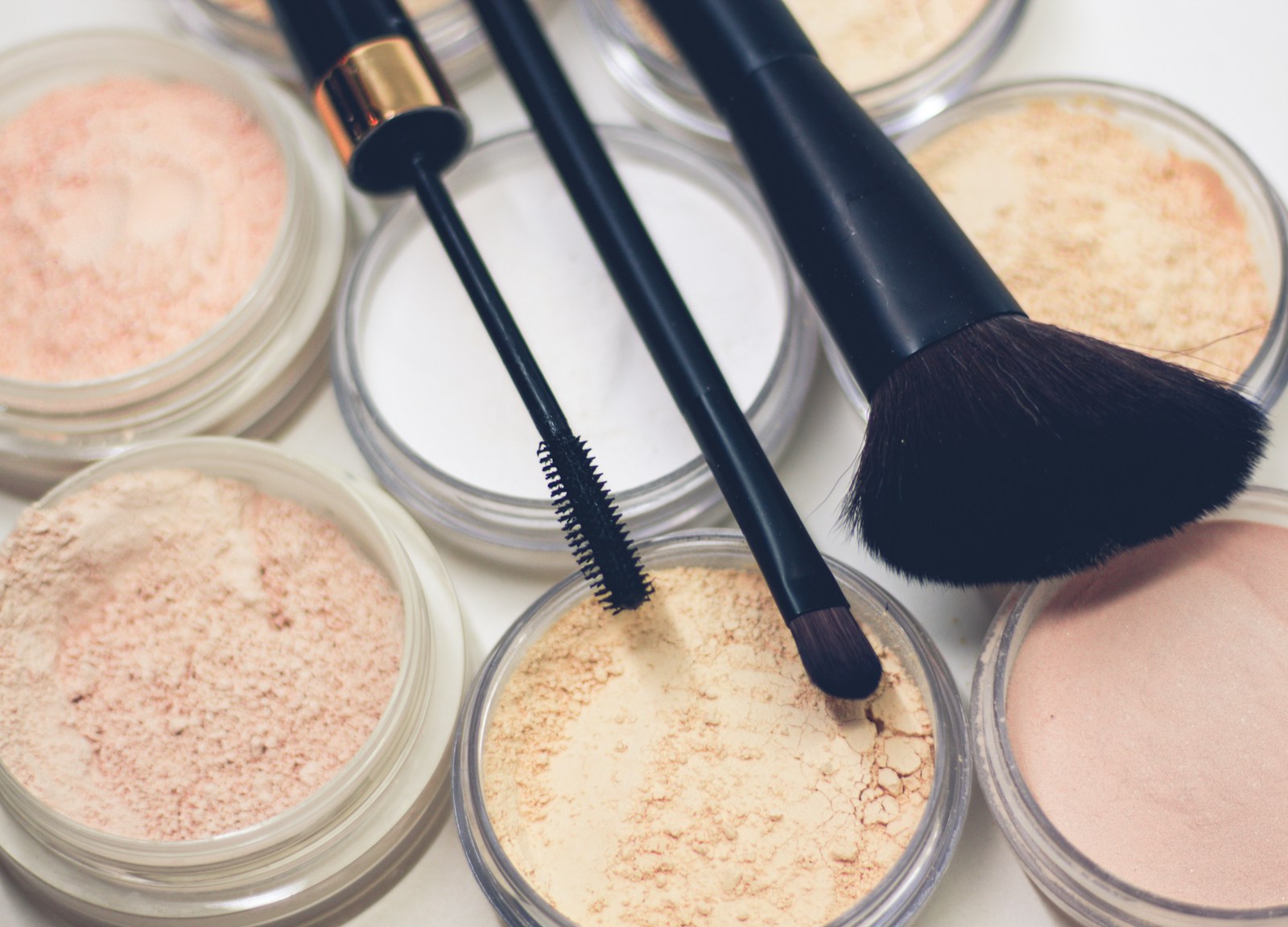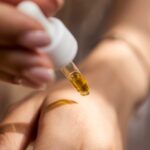
In recent years, K-beauty (Korean beauty) has become a global phenomenon, profoundly influencing skincare routines around the world, particularly in the West. Known for its emphasis on flawless, youthful skin and innovative formulas, K-beauty has redefined how we approach skincare, blending traditional ingredients with cutting-edge technology. From multi-step routines to unique ingredients like snail mucin and fermented products, Korean skincare has set the stage for a new wave of beauty standards and practices that have been enthusiastically embraced in Western markets.
In this article, we explore how K-beauty trends are reshaping skincare routines in the West, the key principles driving this shift, and what Western consumers can learn from the Korean approach to skincare.
1. The Rise of the Multi-Step Skincare Routine
One of the most significant contributions of K-beauty to Western skincare routines is the multi-step regimen. While many Western beauty routines have historically focused on a simple three-step process—cleanser, toner, and moisturizer—Korean beauty has popularized a much more involved system, typically consisting of seven to ten steps. This elaborate approach includes steps like essences, serums, sheet masks, and eye creams, each designed to target specific skin concerns.
Layering Products for Maximum Absorption: The K-beauty multi-step routine emphasizes the importance of layering products in order of thickness, starting with the lightest (like toners and essences) and working up to heavier creams and oils. This layering technique ensures that each product penetrates the skin effectively, maximizing its efficacy.
Customization for Skin Needs: K-beauty encourages customization of the skincare routine based on individual needs. This personalized approach, with products catering to specific concerns such as acne, dryness, hyperpigmentation, and aging, has resonated strongly in the West, where consumers are becoming more aware of the benefits of tailoring their skincare regimen to their skin’s unique needs.
Adoption in the West: The influence of this multi-step routine has led to an increased interest in skincare products in Western markets. Brands like The Ordinary, Dr. Jart+, and COSRX have gained massive popularity in the West, offering consumers a wide range of targeted treatments that can be integrated into their daily routines.
2. Focus on Hydration and Moisture
Hydration is a core principle of K-beauty, and it’s one that has strongly resonated with Western skincare enthusiasts. Korean beauty products often emphasize moisturizing the skin at every stage, not just as a final step. Ingredients like hyaluronic acid, glycerin, and ceramides are commonly used to ensure that the skin stays plump, dewy, and hydrated.
The “Glass Skin” Trend: Perhaps the most iconic K-beauty trend to influence the West is the pursuit of “glass skin”—a term that refers to smooth, dewy, translucent skin that appears almost flawless. Achieving glass skin requires an emphasis on deep hydration and a combination of moisturizing products like essences, serums, and lightweight oils. This trend has sparked a wave of products in the Western market aimed at achieving this radiant, youthful glow.
Moisturizing as a Priority: In the West, we’re seeing a significant shift toward more hydrating products. Western skincare brands are incorporating ingredients that focus on long-lasting moisture, and even those who once avoided heavier creams are now investing in moisturizers that enhance skin barrier function. This change reflects a broader understanding that hydration is key to maintaining youthful, healthy skin and preventing premature aging.
3. The Use of Unique Ingredients
K-beauty has introduced a host of unique ingredients to Western consumers, many of which are now staples in Western skincare routines. Ingredients like snail mucin, bee venom, ginseng, and fermented extracts are frequently found in K-beauty formulations and are making their way into Western products as well.
Snail Mucin: Known for its regenerative properties, snail mucin has been a staple in Korean skincare for years. It is celebrated for its ability to promote skin healing, fade scars, and reduce the appearance of fine lines. In recent years, Western brands like Pond’s and Peter Thomas Roth have introduced snail mucin-infused products, following the success of popular K-beauty brands like COSRX.
Fermented Ingredients: Fermented skincare ingredients, such as fermented rice extract and yeast extracts, are rich in antioxidants and are used in K-beauty to enhance the skin’s natural repair processes. These ingredients, which are said to help the skin absorb nutrients more effectively, have begun to appear in Western skincare lines, like Tatcha and Fresh, which incorporate Japanese fermentation techniques.
Centella Asiatica: This plant extract, known for its healing properties, is another ingredient that originated in K-beauty but has made a significant impact in the West. Centella asiatica is revered for its ability to calm and repair irritated skin, and it’s commonly used in soothing products designed for sensitive or acne-prone skin. Brands like La Roche-Posay and CeraVe have incorporated Centella in their formulations to meet the growing demand for calming skincare.
4. Innovation and Technology
Korean skincare brands are known for their innovative approaches to beauty, often leading the way in introducing new formulations, delivery systems, and technological advancements. Western beauty brands are increasingly adopting these innovations, thanks to their effectiveness and the growing demand for cutting-edge skincare.
Sheet Masks: One of the most iconic K-beauty innovations, sheet masks, has made its mark globally. These pre-soaked fabric masks deliver concentrated serums directly to the skin, offering an instant boost of hydration or targeting specific skin issues like brightening or acne. In the West, sheet masks have become a staple in many skincare routines, and they are widely available in both drugstore and luxury brands.
Innovative Skin Devices: K-beauty brands were some of the first to introduce advanced beauty tools like facial rollers, dermarollers, and LED light therapy masks, designed to complement skincare products and provide added benefits. Brands like Foreo and NuFace have introduced similar devices to the Western market, capitalizing on the growing interest in high-tech beauty solutions.
Cleansing Balms and Oil Cleansers: The double cleansing method, which involves first using an oil-based cleanser followed by a water-based one, is a cornerstone of K-beauty routines. This method ensures that makeup, sunscreen, and impurities are thoroughly removed without stripping the skin of its natural oils. Western brands such as Clinique and DHC have adopted cleansing balms and oils to cater to this new cleansing approach.
5. The Shift Toward Minimalism and Skin Health
While K-beauty is known for its elaborate routines, there has also been a growing focus on the simplicity of skincare and the health of the skin rather than just the appearance. K-beauty promotes skin-first philosophies, encouraging consumers to care for their skin’s health, which in turn leads to a glowing, youthful appearance.
Skinimalism: As a reaction to overcomplicated beauty routines, skinimalism has gained traction both in K-beauty and in the West. This minimalist approach emphasizes fewer, more targeted products—focusing on essential steps like hydration, sun protection, and basic cleansing. This trend has sparked a greater appreciation for multi-functional products that simplify the skincare process without compromising effectiveness.
Prevention Over Correction: In line with the skin-first approach, K-beauty encourages prevention over correction, with a focus on maintaining healthy skin and preventing damage before it happens. The importance of SPF, hydration, and gentle care has resonated with Western consumers, who are now prioritizing long-term skin health over short-term fixes.
6. The Rise of Clean Beauty
The clean beauty movement, which prioritizes products that are free from harmful chemicals and toxic ingredients, has found strong alignment with K-beauty values. Many Korean skincare brands have long embraced natural, plant-based ingredients, and this commitment to transparency and sustainability has influenced the rise of clean beauty in the West.
Non-Toxic Formulations: Korean brands like Innisfree and Amorepacific have long championed non-toxic, eco-friendly products. The clean beauty trend in the West now mirrors these values, with more Western brands focusing on safe, non-toxic formulations that are free from parabens, sulfates, and artificial fragrances.
Sustainability: K-beauty has also introduced a focus on sustainability, with brands using eco-friendly packaging and promoting ethical sourcing. This aligns with the growing consumer demand for environmentally responsible products in Western markets, which has led to a rise in brands offering refillable, biodegradable, and recyclable packaging.
Conclusion: The Lasting Impact of K-Beauty on Western Skincare
The influence of K-beauty on Western skincare routines is undeniable and shows no signs of slowing down. From multi-step routines and hydration-focused products to innovative ingredients and a commitment to skin health, K-beauty has introduced new standards that are reshaping how we think about skincare in the West. As Western consumers continue to embrace these trends, the line between K-beauty and Western beauty practices is becoming increasingly blurred, creating a more globalized approach to skincare that prioritizes health, innovation, and sustainability.
As we move into the future, we can expect the fusion of Eastern and Western beauty philosophies to continue, with both industries learning from each other and further revolutionizing how we care for our skin. The growing popularity of K-beauty is a testament to the ever-expanding world of skincare, where borders are no longer barriers and beauty is universally shared.

